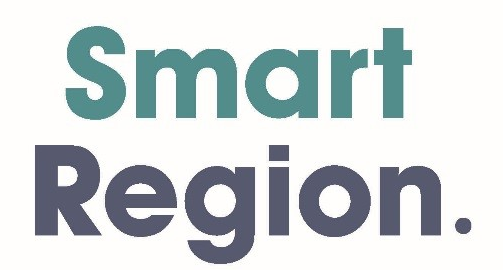How To Hold Better Meetings
Many of us spend endless hours in meetings without ever thinking about how to improve them. Meetings are held in every organisation to the frustration of the majority who attend. But is there a way to make them better?
Sharing Information
Every business needs to hold meetings to plan for the future but the more successful groups are clear about why they meet. In less successful entities, meetings happen with a lot of frustration and little output.
The starting point in holding a successful meeting is to be clear about its purpose. Without clarity a meeting will fail to engage or hold the attention of those attending. But with a clear understanding of why the meeting is necessary participants know what is expected of them.
It is also important to have the right people in the room without including too many. Those present must be willing to listen, contribute in a meaningfully way and make informed decisions. Meetings should include people with a deep knowledge of the organisation and independent voices who provide strategic challenge and alternate perspectives.
It is crucial to focus on the issues of relevance to the organisation, as too much time can be taken up with less important matters. For instance, sales meetings are often held without talking about customers, education meetings are often held without talking about students and health meetings are often held without talking about patients.
Focussing on the key issues that affect the organisation is vital rather than letting the dynamic of the loudest voices influence the direction of the agenda. Some participants can be overly vocal, but they cannot be allowed to squeeze out contributions from other more able contributors. Making sure everyone is clear about the rules of engagement helps and so it is important to ensure they are fit for purpose.
Getting The Right Agenda
Drafting the agenda to reflect the purpose of the meeting is essential, not least because it communicates a message to participants in advance. Starting the meeting on time helps, as it demonstrates efficiency and reminds everyone that issues are dealt with in a professional manner. It also respects those who arrive early and concentrates the minds of latecomers, as issues are discussed in their absence.
Changing the layout of the meeting room helps to disrupt the habits of those who sit in the same place and behave in the same way on every occasion. The shape of the table and flexible seating arrangements help trigger a little discomfort and therefore the possibility of new thinking.
Making sure there is time at the start and end of the meeting for people to chat is important, as they share time together discussing the future of the organisation. Getting the meeting off to an interesting start rather than beginning with the mundane matters of bureaucracy is helpful. Taking a moment to remind everyone about the purpose of the meeting and what is expected of them is useful too. The final check of course is to ask: what is the purpose of the meeting?
So, meetings in all types of organisations are usually seen as a necessary evil but when managed with clarity they can add tremendous value.




